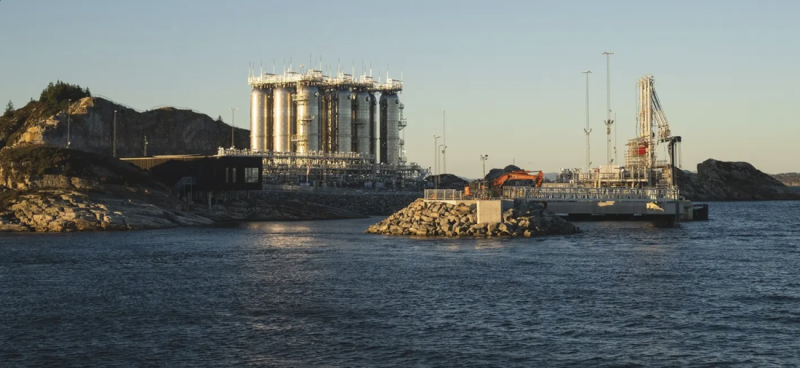OneSubsea, an SLB, Aker Solution, and Subsea7 joint venture, has scooped an engineering, procurement, and construction (EPC) contract from operator Equinor to supply a CO2 subsea injection system for the NOK 7.5 billion Northern Lights carbon capture and storage (CCS) phase two project offshore Norway.
A final investment decision for phase two was confirmed by the Northern Lights’ owners TotalEnergies, Shell, and Equinor following a commercial agreement with Stockholm Exergi to transport and store up to 900,000 tonnes of biogenic CO2 annually for 15 years.
According to OneSubsea, the EPC contract scope includes two new satellite subsea CO2-injection systems and associated tie-in equipment. The contractor confirmed that the work has already begun, and the first deliveries are expected next year. The award follows the completion of a similar work scope by the contractor for the initial phase of the project in 2023.
Northern Lights phase two will increase the current capacity from 1.5 to a minimum of 5 mtpa of CO2. The project is also supported by an NOK 1.5 billion grant from the Connecting Europe Facility for Energy, a UK funding program designed to support the development of European energy infrastructure.
Equinor said in May 2025, Northern Lights received confirmation that all the required permits are in place to start injecting and storing CO2 in the Aurora CCS license in the North Sea. Phase one development of Northern Lights is completed, fully booked, and ready to receive CO2 from industrial customers. CO2 from Heidelberg Materials cement factory in Brevik is expected to arrive at the receiving terminal near Kollsnes on Norway’s west coast. From the terminal, CO2 will be transported via pipeline to the Aurora storage site offshore about 2600 m under the seabed in the North Sea.
Operations are scheduled to begin during the second half of this year.
Northern Lights will also store CO2 from Hafslund Celsio waste-to-energy plant in Oslo, as part of the Longship project—a CCS project initiated by the Norwegian government designed to demonstrate large-scale CO2 capture, transportation, and storage.
The government covered approximately 80% of the cost of Northern Lights phase one.


